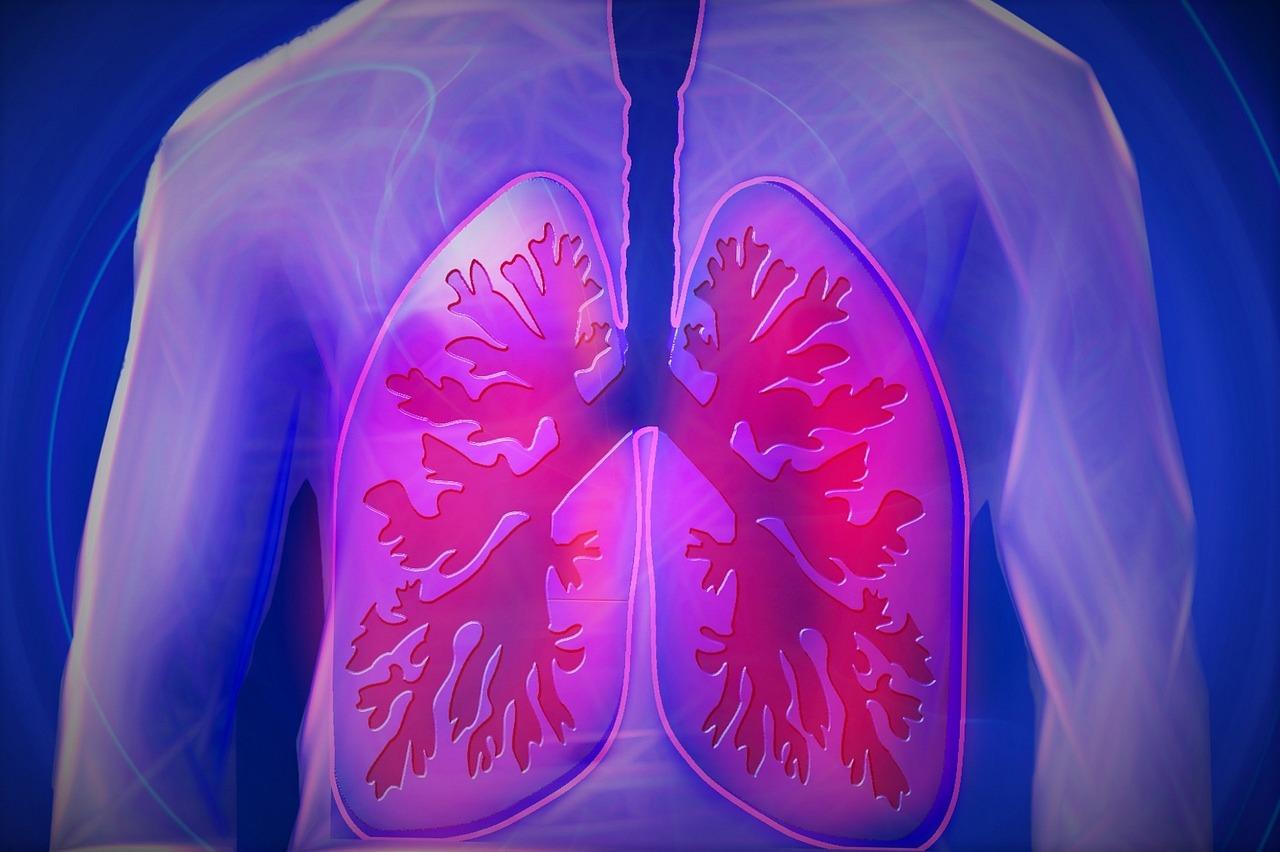
Submitted by Administrator on Mon, 05/12/2022 - 18:16
A collapsed lung, known as a pneumothorax, is more common in COVID-19 patients in hospital than in patients admitted for other diseases. It was initially thought that this was a complication of high pressures used in ventilation of those with severe disease, but this cannot explain all cases and the reasons why COVID-19 patients are more likely to develop a pneumothorax remain unknown.
Investigation is difficult as it only affects about 1% of COVID-19 patients admitted to hospital, so identifying a group of patients for investigation can be challenging. To solve this, researchers from the Cambridge Mathematics of Information in Healthcare Hub and AIX-Covnet teams at the University of Cambridge used artificial intelligence to identify scans of affected patients from 4 large imaging datasets across 26 centres in 7 countries.
The researchers estimated that this complication affects 0.97% of COVID-19 patients, consistent with other studies1. Interestingly, the group identified two main types of COVID-19 patient susceptible to pneumothorax:
- As expected, approximately half of the identified patients suffered a pneumothorax as a complication of ventilation in the treatment of moderate-to-severe COVID-19 lung disease at the peak of the illness. It is thought that this may be due to the virus weakening the lungs, making them more susceptible to rupture under the higher air pressures associated with ventilation.
- The other group of patients affected were found to develop the complication later in the disease when the lungs are beginning to heal, and such patients may or may not have required the support of a ventilator. The researchers believe the healing lungs may be stiff or less ‘compliant’ making rupture and collapse more likely.
Their findings remind clinicians to remain vigilant for pneumothorax in COVID-19 patients as they are recovering, not just when they require ventilation at the height of the illness. Furthermore, the study demonstrates how artificial intelligence may enable research into rare diseases and complications, which previously would not have been possible.
You can read the abstract in full at:
Selby I, Driggs D, Majcher V, et al P164 Using artificial intelligence to interrogate multi-national imaging datasets to determine the mechanism of COVID-19 pneumothorax Thorax 2022;77:A169-A170. http://dx.doi.org/10.1136/thorax-2022-BTSabstracts.298
References:
- Marciniak SJ, et al. European Respiratory Journal Sep 2021, 58 (3) 2100929; DOI: 10.1183/13993003.00929-2021
Figure reproduced from Selby IA et al. P164 Using artificial intelligence to interrogate multi-national imaging datasets to determine the mechanism of COVID-19 pneumothorax Thorax 2022;77:A169-A170. http://dx.doi.org/10.1136/thorax-2022-BTSabstracts.298 with permission from BMJ Publishing Group Ltd.

